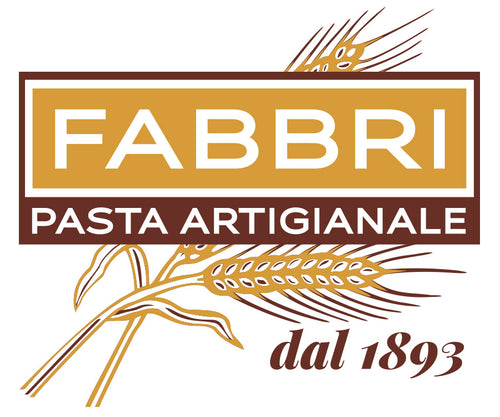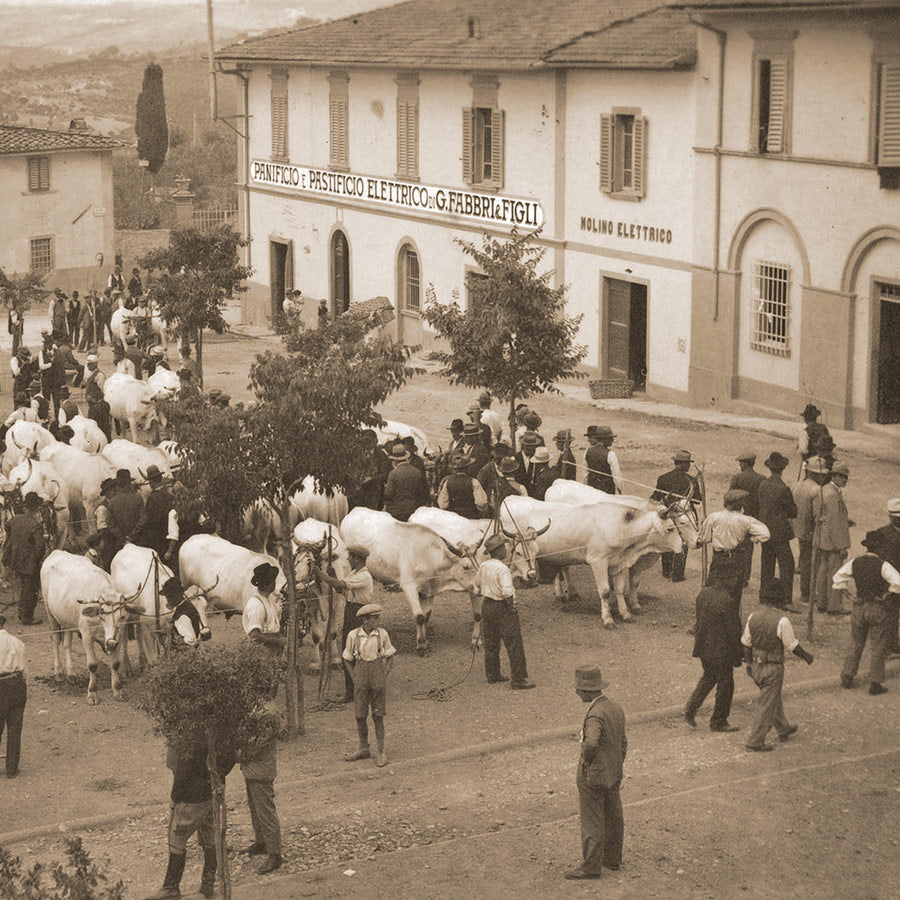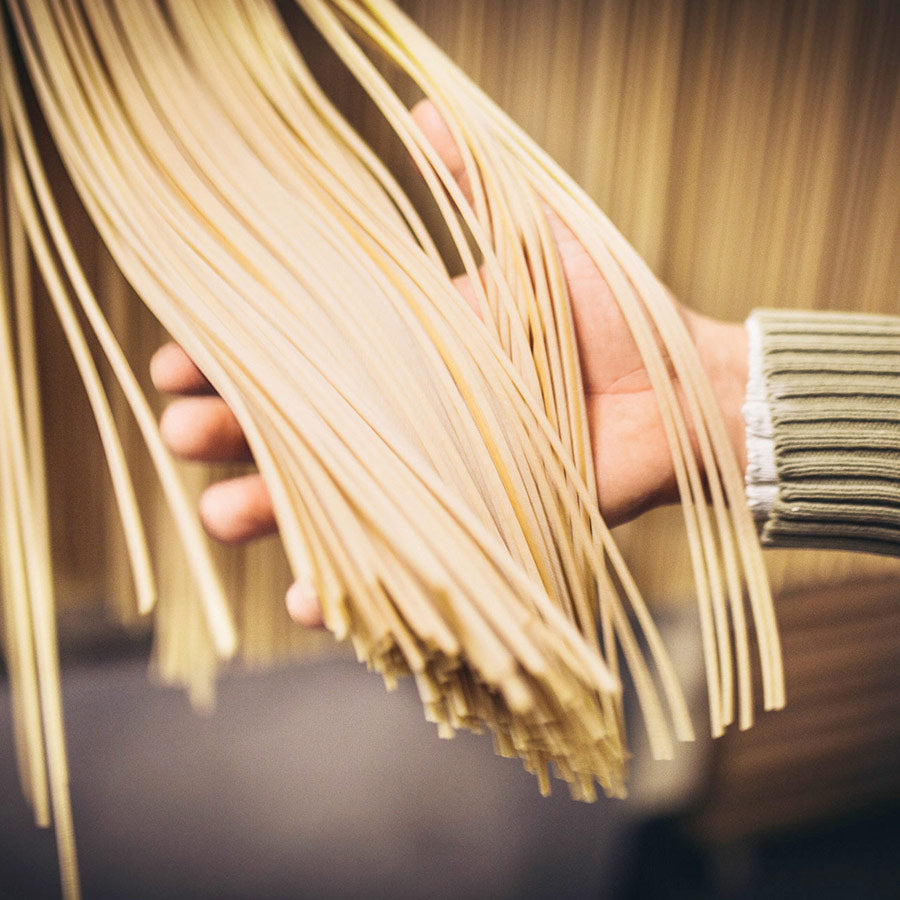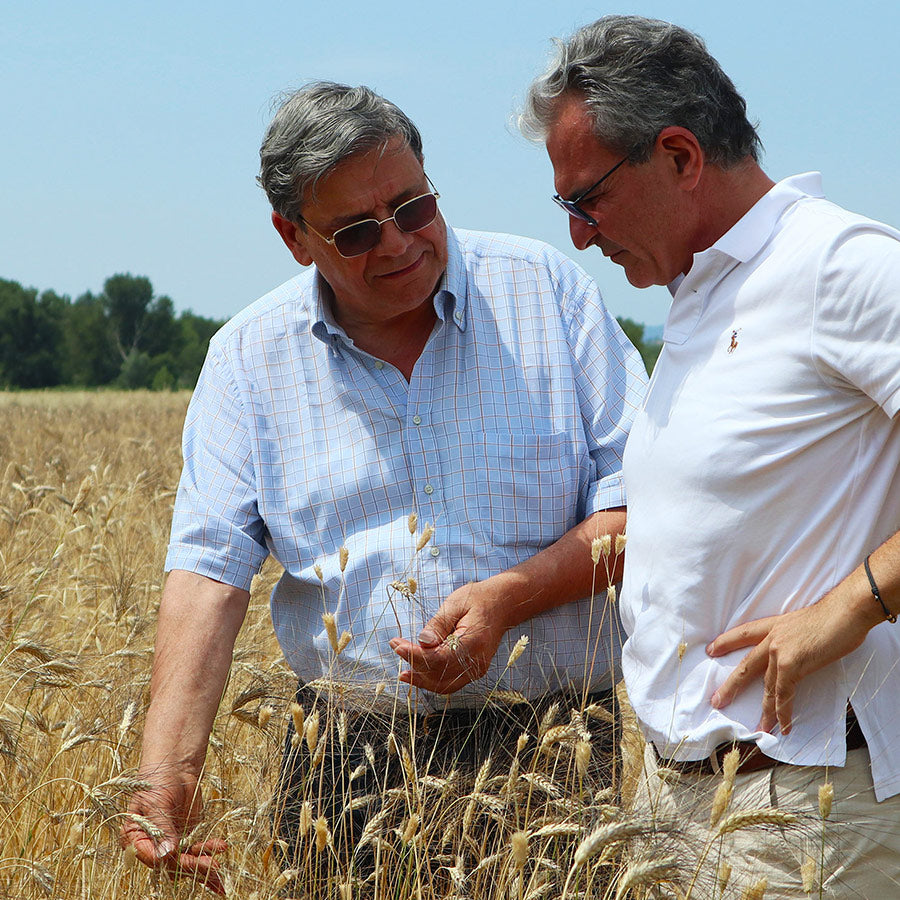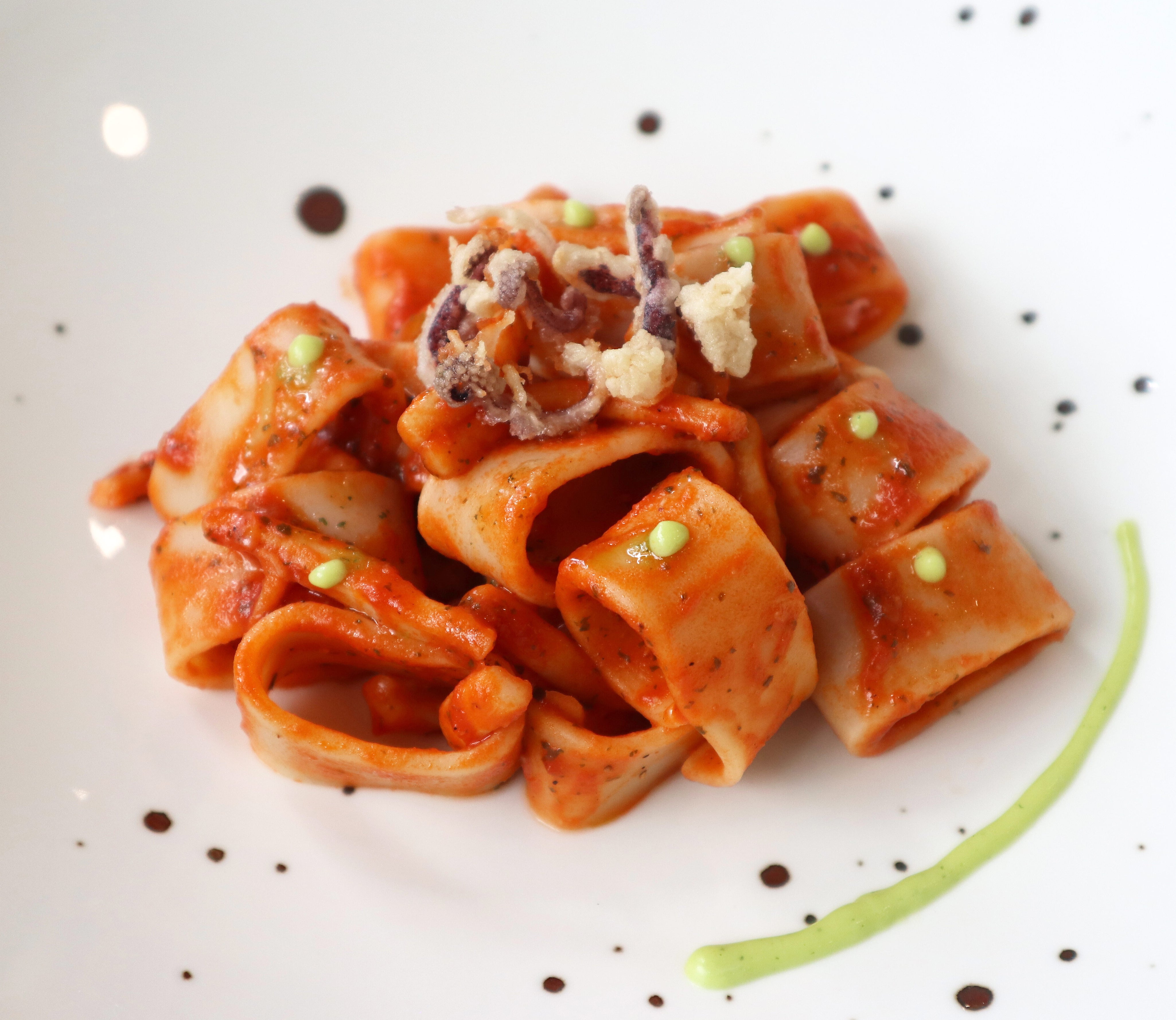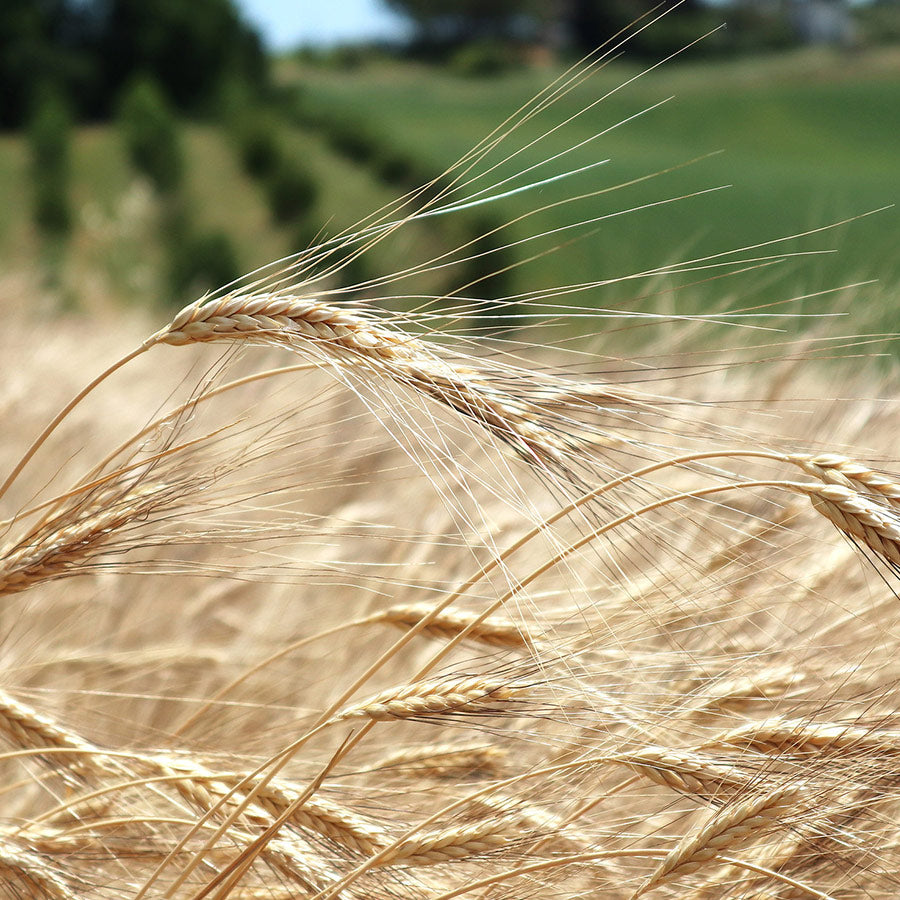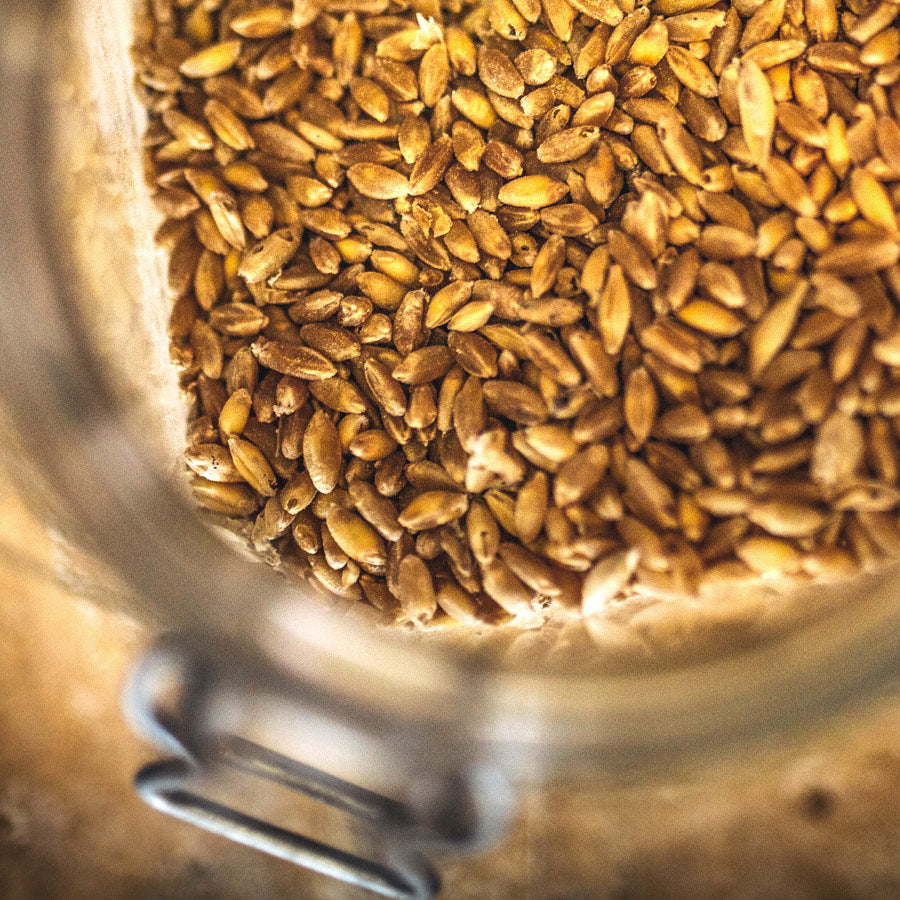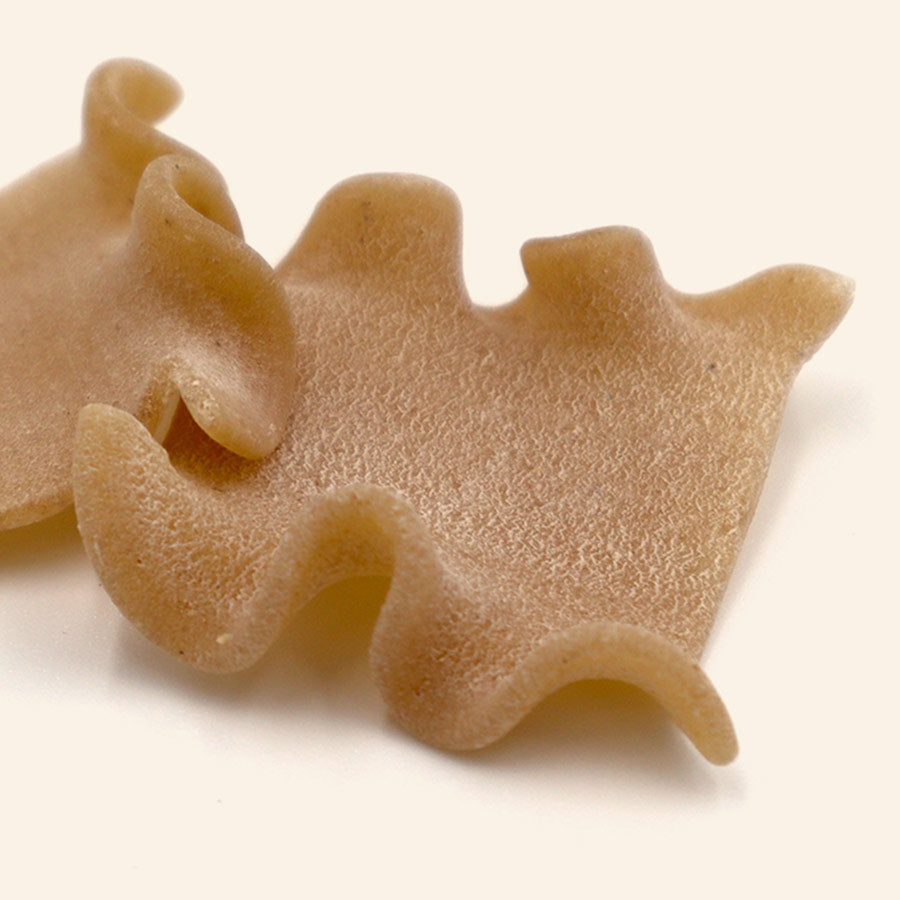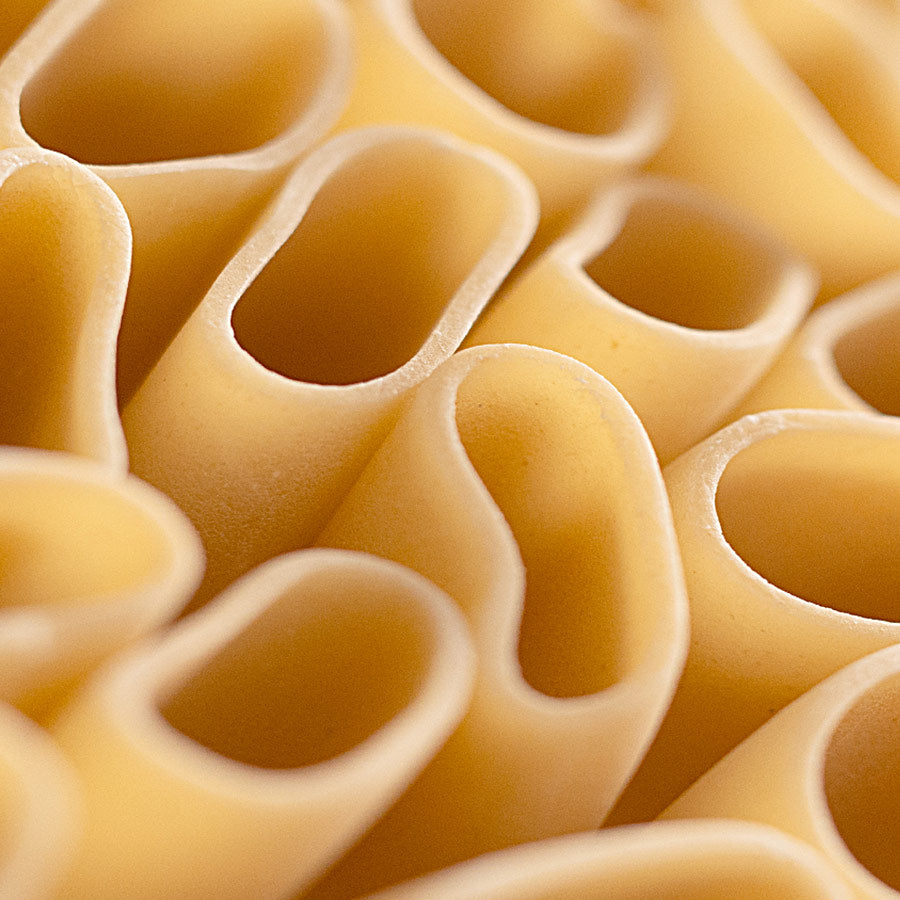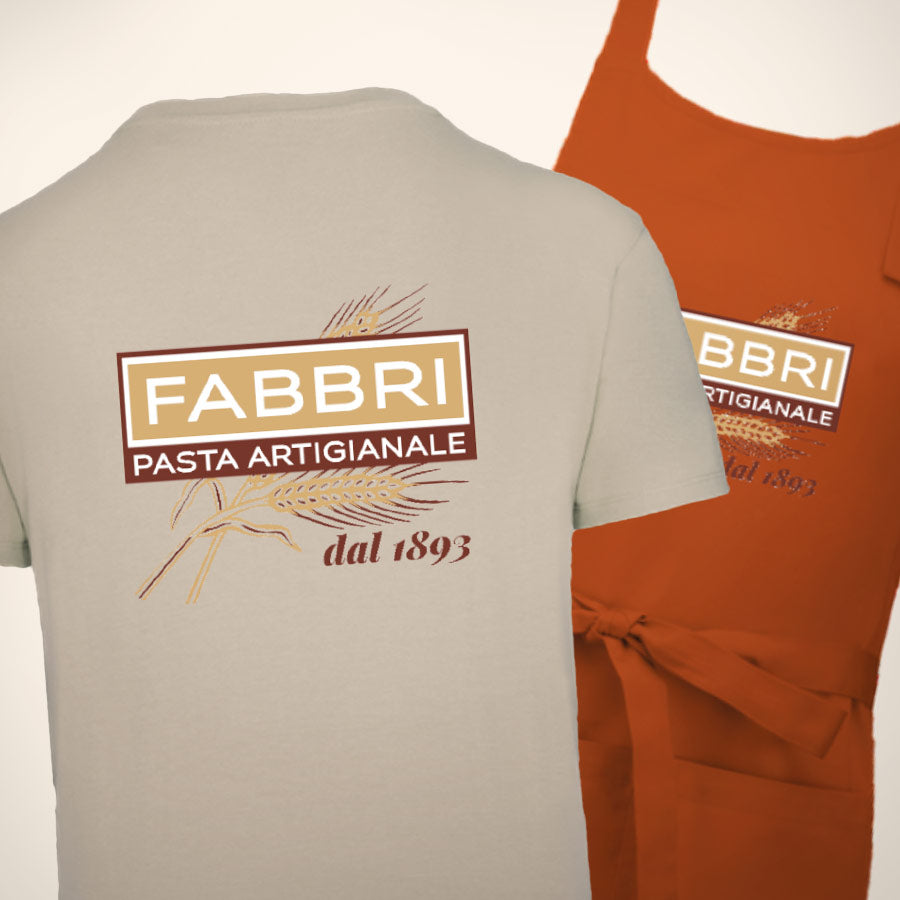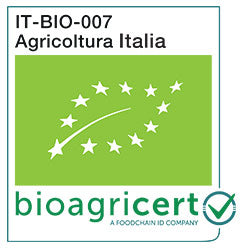Senatore Cappelli: origin, benefits and useful advice in the kitchen
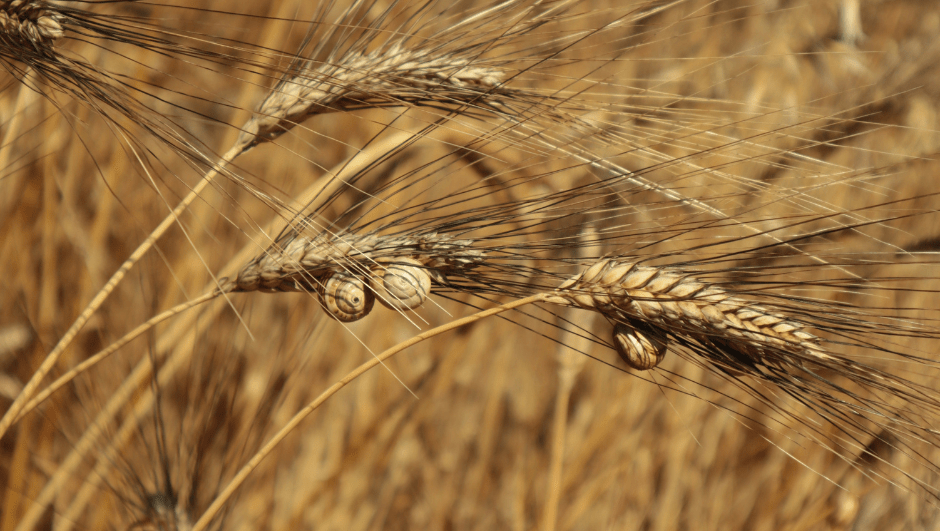
Historical background
Senatore Cappelli is a durum wheat variety native to Italy that has been rediscovered in recent years thanks to its reputation as an excellent wheat.
Nazareno Strampelli selected this wheat starting from a variation of North Africa (Jean Retifah), naming it Senatore Cappelli in honour of Senator Raffaele Cappelli, one of the most important protagonists of the agrarian reform of the 1900s.
Growing up to 1.80/2 m in height, Senatore Cappelli was widely used up to the 1950s, demonstrating its excellent quality characteristics, including high adaptability and important organoleptic properties. Not surprisingly, Senatore Cappelli has been genetically crossed with many other types of wheat in order to give the latter higher quality.
However, it was soon replaced by modern durum wheat varieties. Why? The high production yield and technological characteristics of the modern varieties (70/80 cm high) make pasta production more advantageous and low-cost, even if with less organoleptic and nutritional characteristics.
In the 1990s, Senatore Cappelli was registered in the National Register of Wheat Varieties under the name “Cappelli”.
Only in recent years has it returned to being one of the wheats used for the production of dry pasta, bread and pizza thanks precisely to its beneficial qualities.
But what are the benefits of Senatore Cappelli wheat? Why should you consider using it in your diet?
Cappelli wheat has recently been re-evaluated for the benefits it brings to health and the environment. For this reason, already in 2009 together with the University of Florence, we conducted research to demonstrate the beneficial effects in improving some biomarkers of cardiovascular diseases. (see research) (see video)
This variety grown with organic farming methods and without the use of pesticides and chemical fertilisers is an ideal choice for those who seek natural, healthy foods that respect the environment.
Unlike modern wheat varieties, Cappelli wheat nourishes better and more completely thanks to the higher content of fibre, polyphenols, wheat germ, vitamins and essential minerals such as iron, magnesium and phosphorus, important nutrients for the maintenance of general health.
Thanks to our processing and drying method, we successfully maintain all these properties that determine the flavours, aromas and natural properties characteristic of "healthy" wheat.
Tips
Nowadays, more and more people claim to have problems digesting products containing gluten and therefore tend to avoid them.
Many nutritionists advise those who are intolerant to gluten and are not coeliacs to try eating 10 g of 100% Cappelli pasta and wait a week to see how the body reacts (obviously, in the case of coeliac disease Cappelli wheat must also be avoided).
However, if your body does not feel any discomfort, you can repeat the test again and slowly increase the amount of pasta consumed. In doing so, wheat useful for the supply of fibre, starch and nutraceutical compounds will not be excluded from your diet.
Cappelli wheat is a versatile ingredient that can be used in many different recipes, adding that rustic touch reminiscent of the old days.
If you're curious to taste some Cappelli wheat pasta, we recommend two ideal recipes that exalt its aromas and flavours.
Here are the recipes:
– 100% Cappelli Spaghettoni with sausage, onion, red wine and herbs
– 100% Cappelli Nastri toscani with lentil ragout
